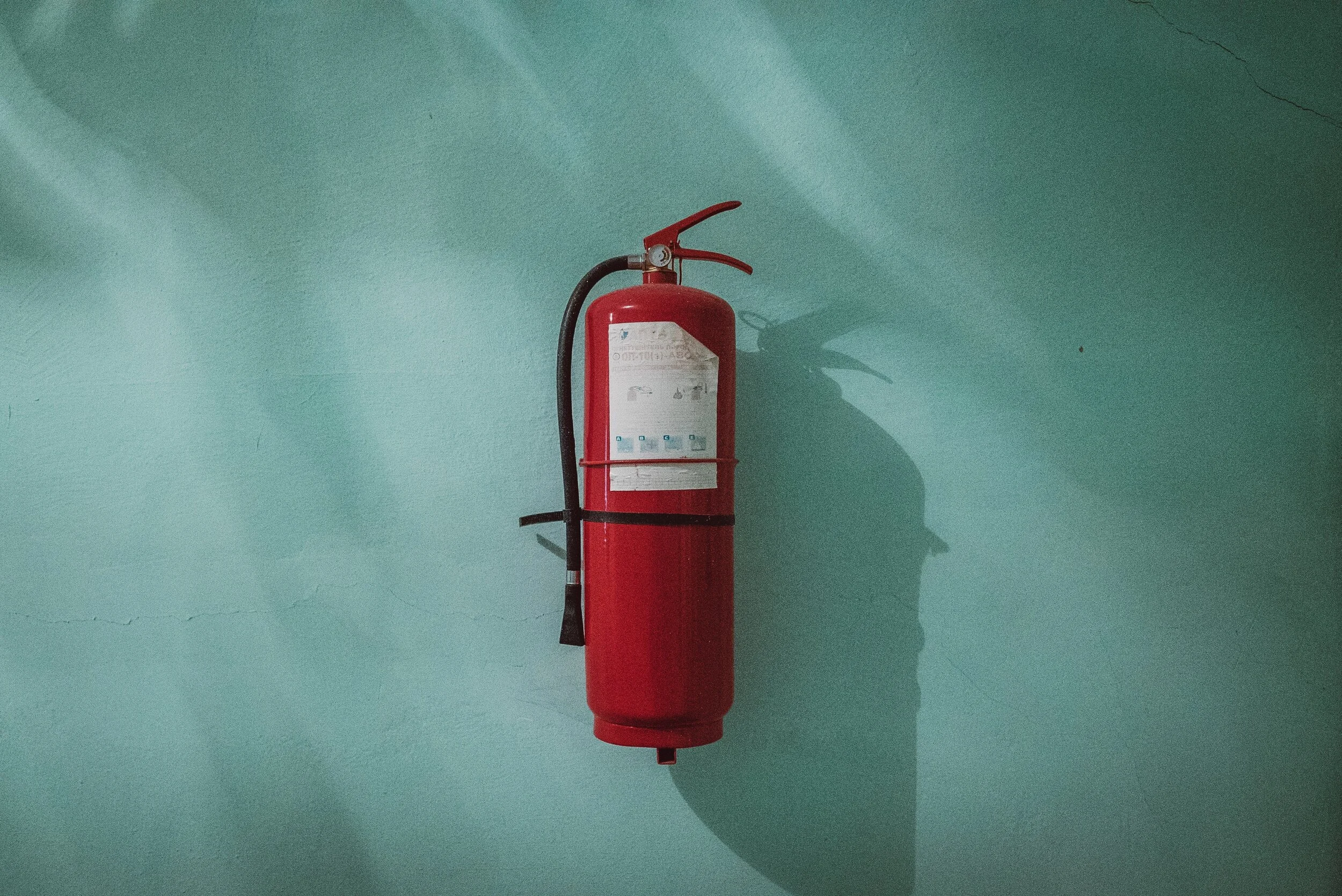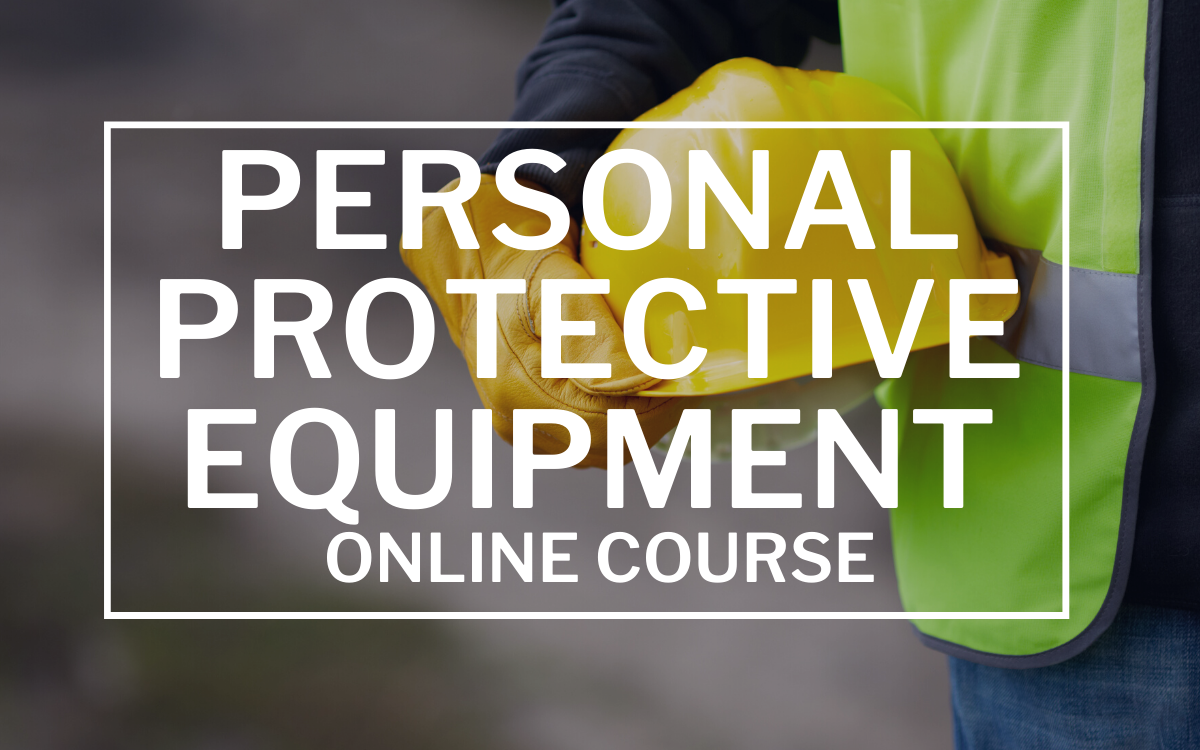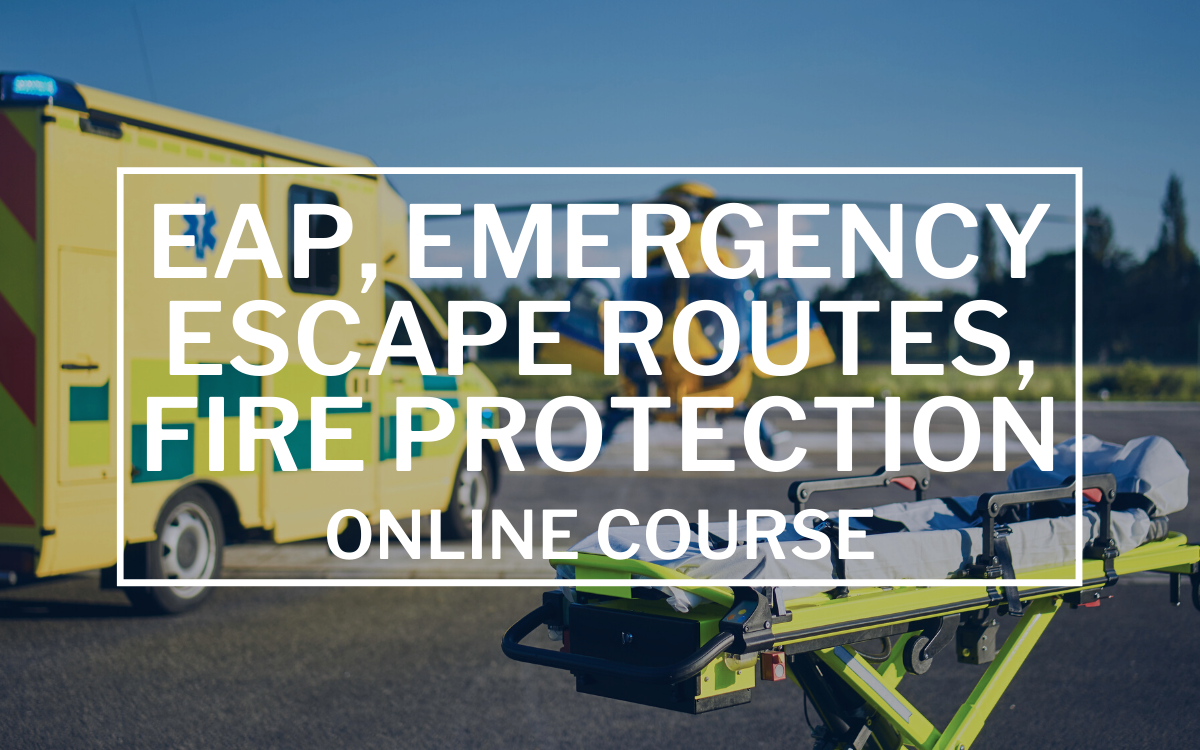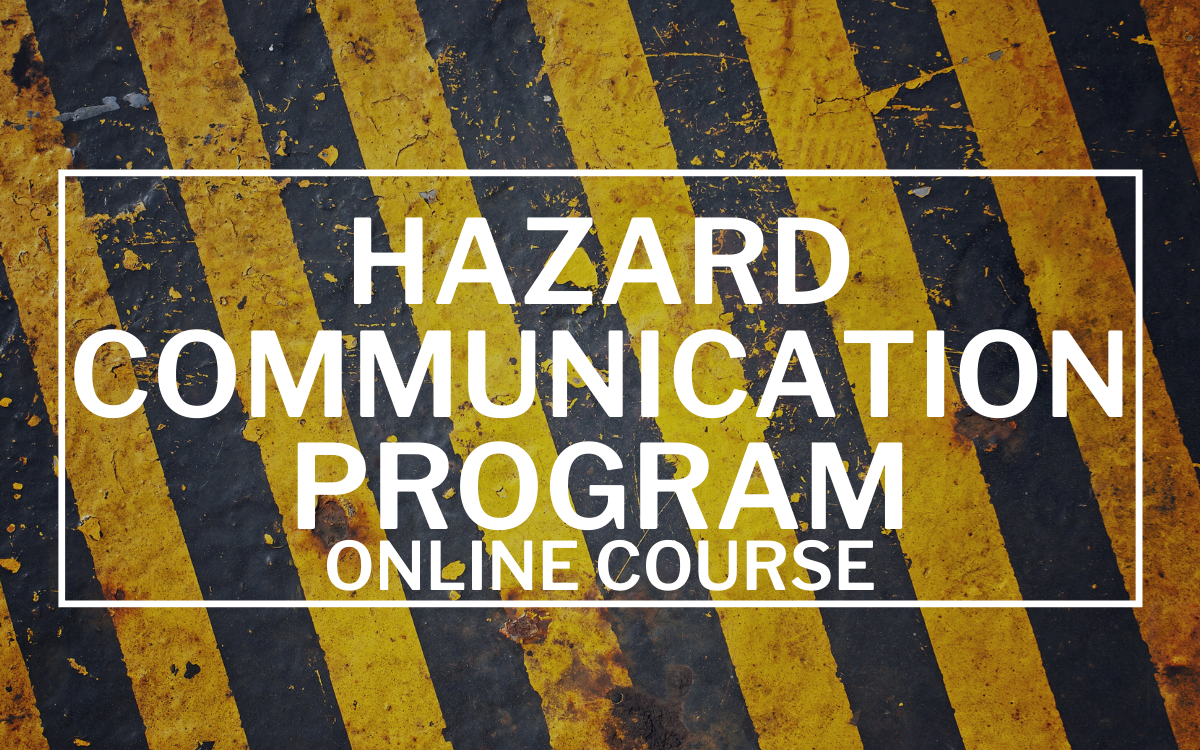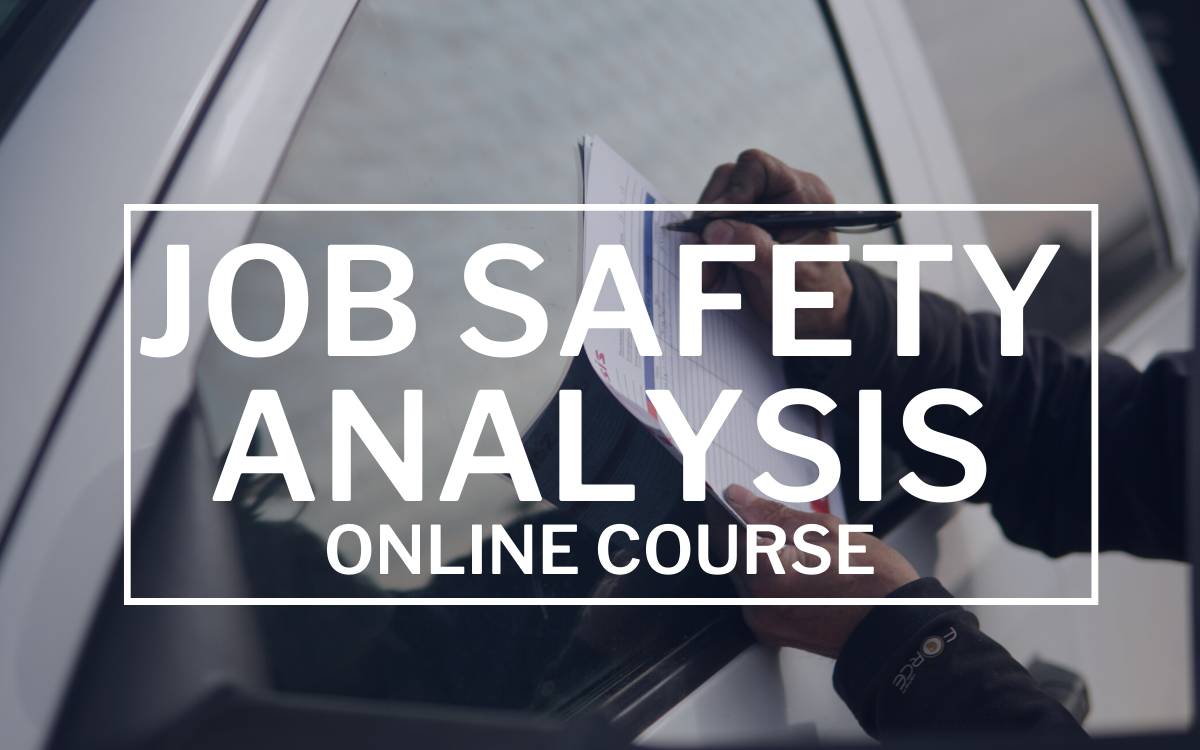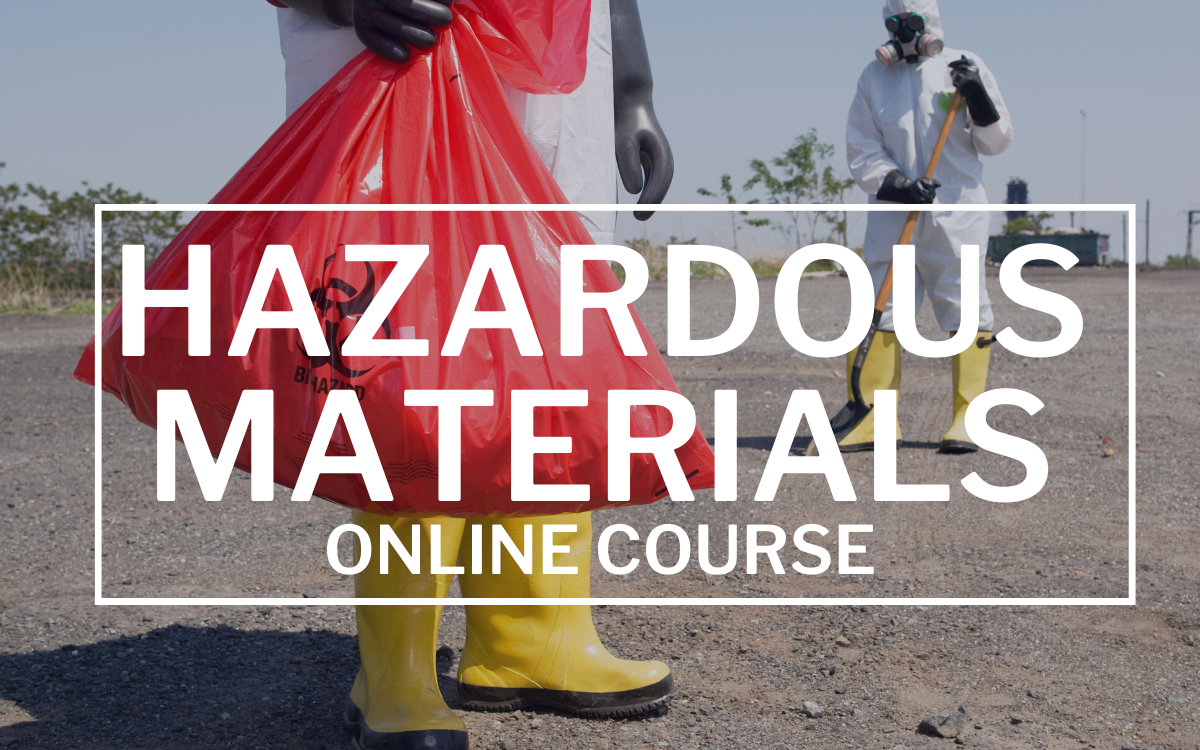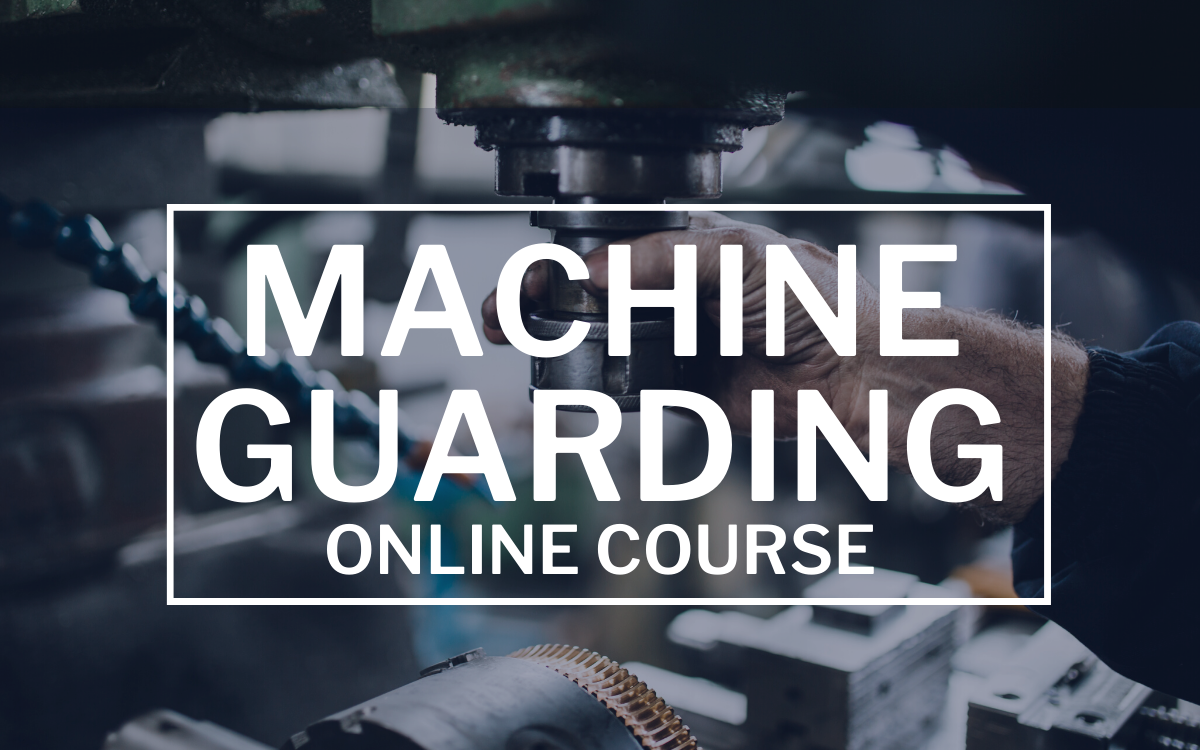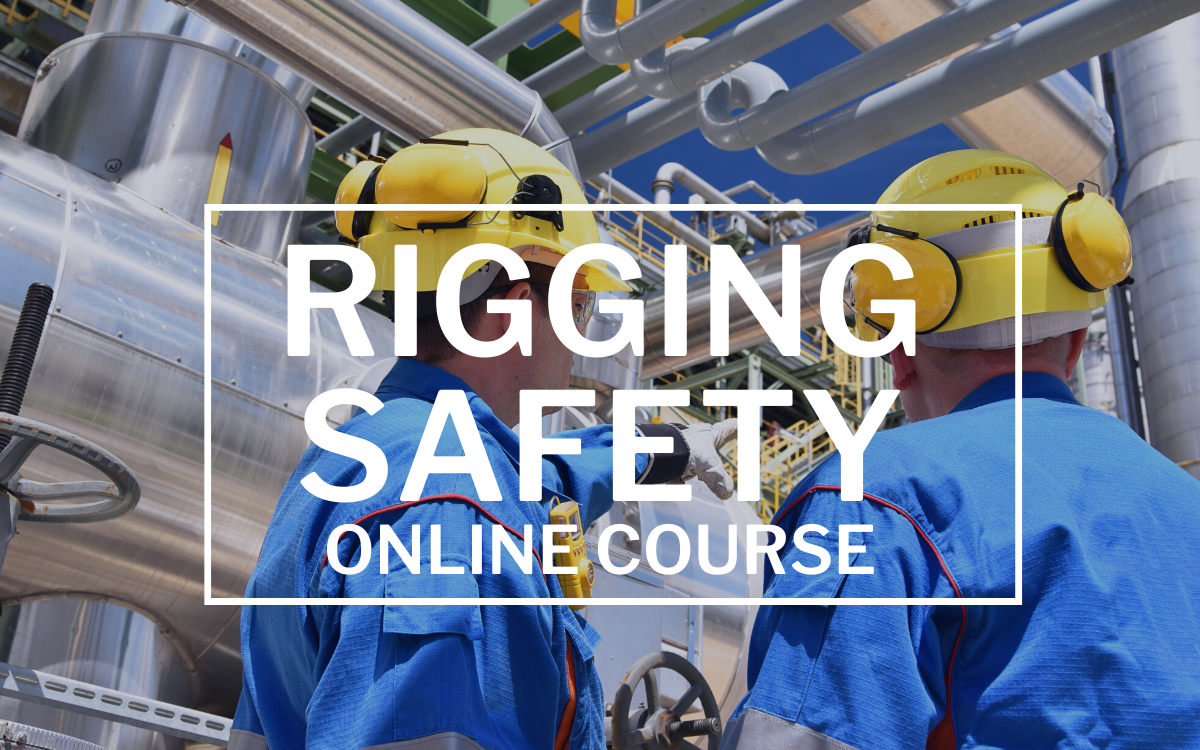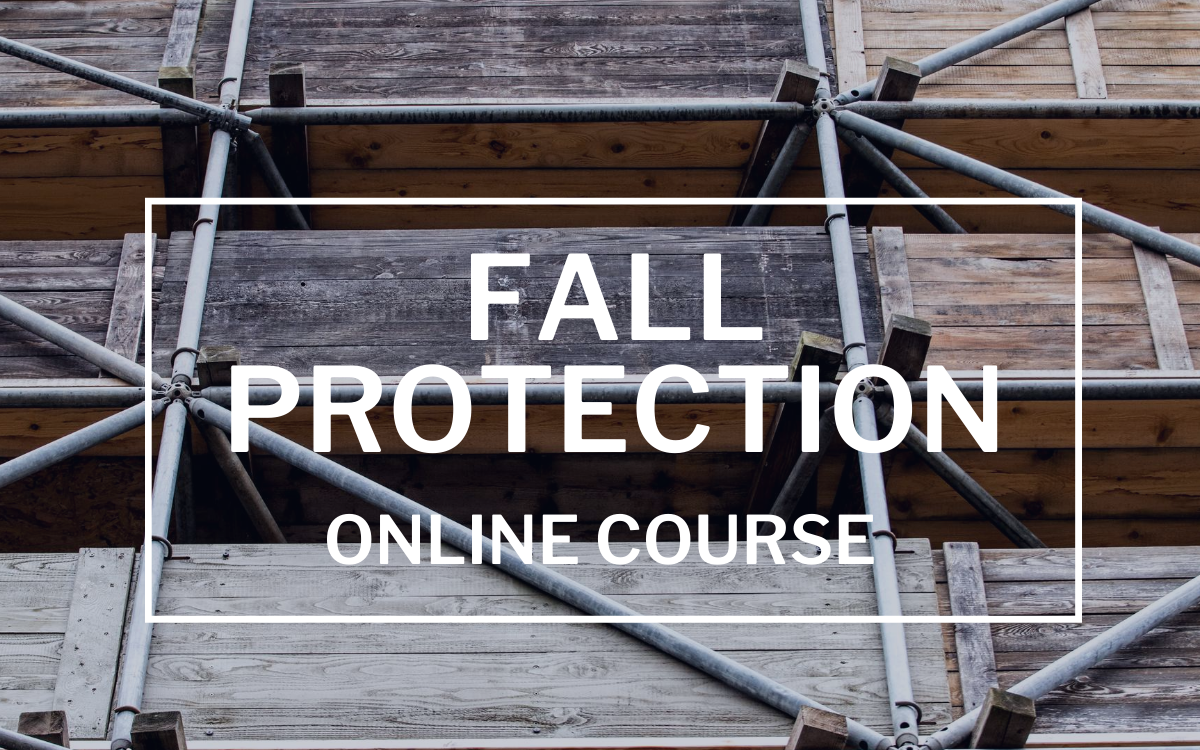Portable Fire Extinguisher Safety
Course Outline
Offered in partnership with HSI
30 Minutes in Length
English/Spanish Available
Understanding Fire Extinguisher Basics
Selecting a Fire Extinguisher
Responding to a Fire
Learning Objectives
Recognize common physical and health hazards associated with hazardous chemicals
Identify chemicals and their hazards, through labeling, markings, pictograms, and warning practices
Identify the purpose and components of a Safety Data Sheet
Course Overview
Fire extinguishers are one of the most reliable ways to put out fires in the workplace. Fire extinguishers are not a requirement, but if employers choose to provide them they must train workers in general fire extinguisher use to comply with OSHA standards. OSHA states that if employers expect workers to use the fire extinguishers themselves, hands-on training must be provided.
Why train for portable fire extinguisher safety?
In August of 2012, four workers were hospitalized following a machine fire when a flammable solvent used for cleaning machines ignited. The employer, a Connecticut urethane coating and laminate fabric manufacturer, was cited for alleged serious and repeat violations of workplace safety standards, and assessed $74,000 in proposed penalties.
OSHA found that the employer had not taken adequate precautions to eliminate potential ignition sources. Violations related to the incident involved an inoperable fire alarm system, no assurance that fire precaution procedures were in place, improperly grounded machinery, a lack of hazard inspections, a lack of personal protective equipment for workers, and failure to provide and record adequate fire extinguisher training.
In order for a fire to start, there have to be three basic ingredients: fuel, means of ignition, and oxygen. Fuel is what’s going to burn, and it can be anything from paper, to oil on a stove, to metal shavings. An ignition source, such as a spark, cigarette cinders, lightening, heat, or even static electricity, can provide the initial energy to get the fire going. Oxygen is needed to sustain combustion. Once these three ingredients are present, fire happens. Take just one away, and the fire will subside or be extinguished.
Portable fire extinguishers work on this principle. The extinguishing agent cools the burning fuel and removes the heat, displaces or removes oxygen, or stops the chemical reaction so the fire does not continue to burn.
Five classes of fires and various fire extinguishers associated with each class. It is critical that the fire extinguisher used is the right type for the fires your workforce should be anticipating.
Fire Extinguisher for Class A Fires
Extinguishers for this class of fire contain substances that cool the fuel or displace oxygen needed for combustion. To be effective, the extinguishing agent must penetrate the burning material.
Fire Extinguisher for Class B Fires
Chemical foam and carbon dioxide, CO2, extinguishers are effective on Class B fires, where smothering or exclusion of oxygen is needed. CO2 extinguishers are effective on these fires because they break the uninhibited chemical chain reaction.
Fire Extinguisher for Class C Fires
Dry chemical extinguishers work by coating the fuel with a thin layer of fire retardant powder, separating the fuel from the oxygen. The fire retardant chemical powder also works to interrupt the chemical reaction, which makes these extinguishers extremely effective at extinguishing an electrical fire.
Fire Extinguisher for Class D Fires
There are several Class D fire extinguisher agents available; some will handle multiple types of metals, and others will not. Most Class D extinguishing agents are dry chemicals like sodium chloride or a copper or graphite base.
Fire Extinguisher for Class K Fires
A Class K extinguisher agent is a low pH wet chemical that discharges as a fine mist that coats the surface of the burning liquid to help smother the flames, prevent grease splashes and fire re-flashes, and also cools the equipment.
PASS - A practical instruction method for fire extinguisher safety.
This simple acronym is used as a mnemonic device.
P is for PULL. Pull the pin. The handle can’t be squeezed if the pin hasn’t been pulled.
A is for AIM. Proper aiming is critical. Aim low and point the nozzle at the base of the fire.
S is for SQUEEZE. When squeezing the handle, extinguishing agent is discharged.
S is for SWEEP. Sweep from side to side at the base of the fire and then continue to move forward until the fire is extinguished.

